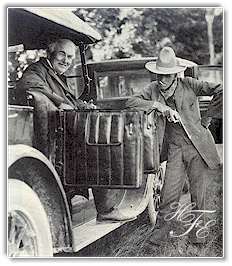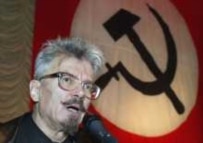A wishing tree is believed to make wishes come true - a belief, custom that is shared in many countries across the world, although the "procedure" often varies.
I have seen a good number of wishing trees when working in (the Republic of) Georgia, and can't believe I never made any pictures of these beautiful trees, loaded with handkerchiefs in varied stages of decomposition... The way I remember, people would come to the Wishing Tree, tie their hankie to one of it's branches and make a wish. The hankies stay, resulting over time in a very colourful tree! In Scotland they have an alternative to this custom, nailing coins to the tree, but that's another story...
The -much undervalued- Georgian film director Tengiz Abuladze made the beautiful film The Wishing Tree; quote: Poetry, vivid imagery and allegory mark the nearly two-dozen episodes of this epic tale about human life and its troubles, set in the Georgian village of Kachetien near the turn of the century. One continuing thread concerns a young woman, in love with one man, who is married off to another by the village elders. When she is caught meeting her true love, she is paraded through the village for public abuse and ridicule, during which globs of mud are hurled at her. Many vividly drawn and eccentric village characters are portrayed, from simpletons to fortune-tellers, and their dreams reveal what each would consider to be happiness in this life. The well-regarded director of this film, Tengiz Abuladze, was known for his visually sophisticated and symbolically rich works. The Wishing Tree is based on a tale told in blank verse by Georgi Leonidze.







 Nothing new, really.
Nothing new, really. 

